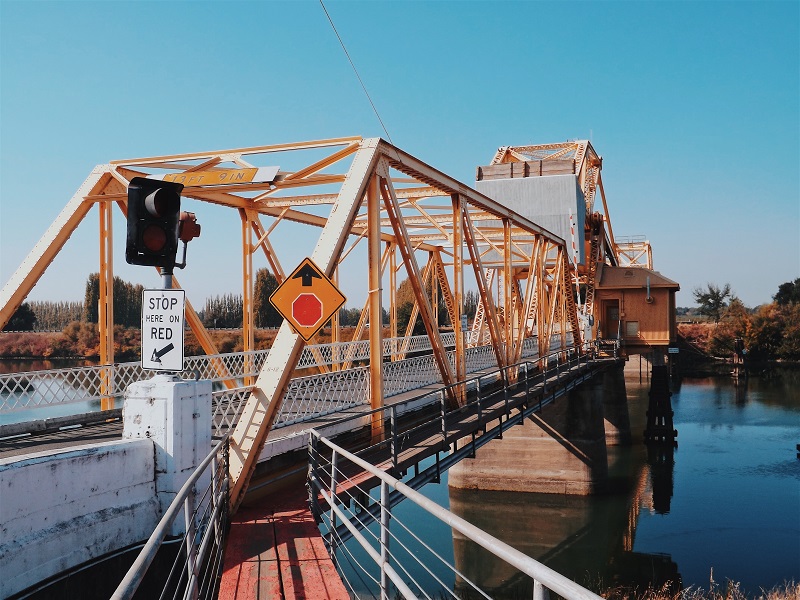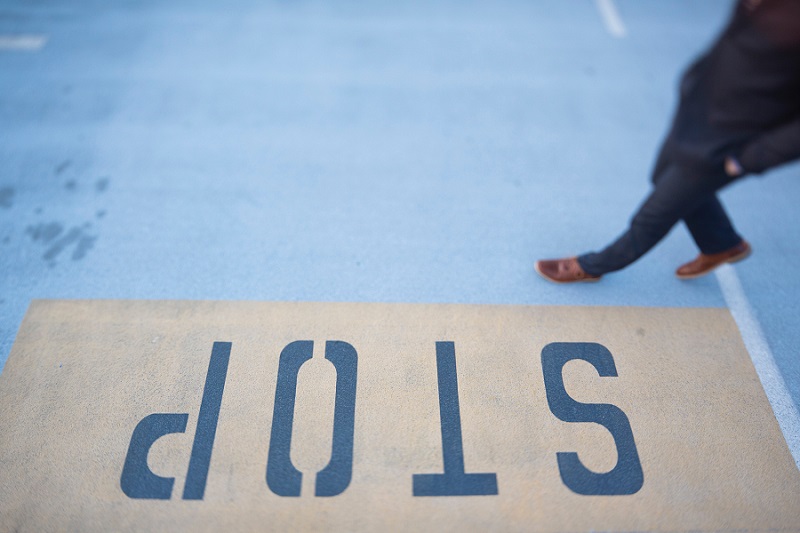A four way stop seems like it would be easy to handle. But the rule is somewhat difficult to understand. The DMV handbook for California states that the vehicle on the right has the right of way. That means if two cars pull up to an intersection, the car on the right has the right of way. But there are many different scenarios that could happen at a four way stop. That is why it is important to have the four way stop explained.
Having the four way stop explained to a better point of understanding will help keep you safe as well as others on the road.
A Crosswalk
If two cars pull up to a four way stop as well as one person in the crosswalk, who has the right of way? In all situations where pedestrians are given a safe way to cross the street, they are given the right of way. So what does that mean for the cars? Well, if the person crossing the street is crossing in front of your vehicle, the vehicle to your right or left may use that time to safely pass through. As long as that car’s path does not cross the path of the pedestrian. If two or more people are crossing the street, both cars must wait until the pedestrians have cleared the crosswalk before defaulting back to the car to the right has the right of way.
Turning Car
We must cover as many bases as possible in order to have the four way stop explained. If two cars arrive at the stop opposite each other, but one car intends to turn, who has the right of way? In real life, people will usually give the right of way away to someone else. However, the right answer is the car that is going straight has the right of way. This is the case if both cars arrive at a full stop at the same time. If both cars arrive at a different time, the car that arrived first has the right of way.
Two Turning Cars
Let’s give another example of turning cars. You and another driver arrive at the stop at the same time. The car across from you intends to turn left and you intend to turn right. Who has the right of way, the car turning left or the car turning right? The car turning right has the right of way. But as this situation is confusing for most drivers, they may not know this. If you’re the car who has the right of way, you should always start out moving slowly into the intersection. This act will notify the other car that you intend to take the right of way. It will also give you time to react if the other driver does not know the rules of the road and takes the right of way from you.
Four Way Four Car Stop
Here is one situation that doesn’t happen often and doesn’t have an answer in the DMV handbook. What happens if four cars arrive at a four way stop at the same time, who has the right of way? In most cases, the car that arrived first has the right of way, giving the car opposite the right of way as well, as long as both vehicles were going straight. But if, somehow, all four vehicles actually stop at the same time, there are no rules, just manners.
If this happens to you, wave to the car to your right, giving them right of way. If they wave you to go, then just go. However, go slowly to make sure everyone is in agreeance. Having the four way stop explained in this situation isn’t easy. As you need to account for bad drivers, drivers who aren’t paying attention and so much more. Just remember that if you are the one to proceed first, do so slowly to signal to the other cars that you intend to go. But also, giving yourself time to react to a driver who does not agree with you.




